The SRE Playbook: Best Practices for Building Reliable Systems
- Nitin Yadav
- Knowledge
About
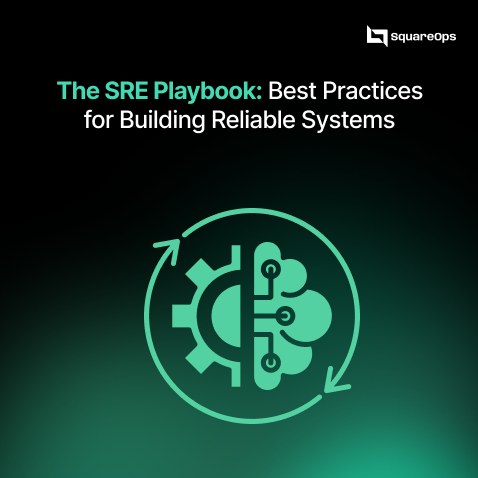
Explore the SRE Playbook to build reliable, scalable cloud systems. Learn best practices, tools, and how SquareOps helps implement SRE for modern infrastructure.
Industries
- DevOps, DevSecOps, Kubernetes, Site Reliability Engineer, SRE tools, Terraform
Share Via
Introduction
It is no longer a “nice to have” to keep systems up and operational – it is a business necessity. As globally scaled applications and customer expectations rise, minutes of downtime can lead to severe financial costs and reputational implications.
To address these challenges, companies are adopting Site Reliability Engineering (SRE) principles in increasing numbers.
The Site Reliability Engineer provides a strategic method for constructing, operating and scaling systems through proactive monitoring, automation, as well as by fostering a culture of continuous improvement.
In this post, we publish the core SRE playbook: what are the main best practices, tools and techniques to build and operate a reliable cloud system.
Understanding the SRE Philosophy
Site Reliability Engineering (SRE) was first introduced at Google in the early 2000s as a means to manage large scale production systems with mathematical rigor.
In its essence, SRE is treating operations as if it’s a software problem.
SRE does not depend solely on manual labor, but follows:
- You can automate infrastructure and deployment responsibilities
- System reliability definition and measurement
- Reducing operational toil
- Designing sturdy, flexible architectures
- Cultivating a blameless postmortem culture of learning
SRE serves as a link between development and operations, making sure that velocity of features doesn’t cripple reliability and system health.
Core Best Practices in the SRE Playbook
The next best practices are building blocks of a good SRE style organization:
Defining and Measuring Reliability
You can’t make better what you can’t measure. Reliability starts with being clear on expectations.
Key Steps:
- Define Service Level Indicators (SLIs): These are metrics such as request latency, error rates, availability and system throughput.
- Determine Service Level Objectives (SLOs): Target parameters for SLIs. Example: 99.9% per month.
- Define Error Budgets: How much failure is OK in your quest for reliability/innovation.
Reliability goals should be aligned with the business so that efforts in reliability are practical and prioritized accordingly.
Implementing Observability and Monitoring
Just looking is not sufficient. With true observability, deep visibility into system characteristics is allowed.
Key Components:
- Metrics: Are numerical representations of system health, (CPU, memory, request latency).
- Logs: record of events that gives information about the context of the program.
- Traces: Complete request trees through distributed systems.
Tools:
Prometheus, Grafana, OpenTelemetry, Datadog
To be able to build this level of observability so that you can catch anomalies faster and perform root cause analysis, without using educated guesses.
Automating Everything
Not scalable using manual methods. Automation is the key to constructing reliable systems.
Automation Focus Areas:
- Infrastructure As Code: Use Terraform/Cloudformation to normalize deployments.
- Continuously Deploy: Create automated CI/CD pipelines for faster and safer code delivery.
- Self-Healing Systems: Develop automated fault-tolerance/remediation systems (e.g., Kubernetes PodRestart, autoscaling group).
- Chaos Engineering: Inject failures on a regular basis to verify resilience with something like LitmusChaos or Gremlin.
By eliminating toil, engineers get to do more innovation and less firefighting.
Effective Incident Response and Blameless Postmortems
You’re going to have incidents — it’s what you do in response and what you learn from.”
Basics of Incident Management:
- Specify incident severity levels and escalation routes
- Keep your playbooks and response templates well-documented
- Leverage real-time communication (PagerDuty, Opsgenie) for quick coordination
Blameless Postmortems:
- Examine where things went wrong without pointing fingers
- Find process and system enhancements
- Share results openly to encourage a culture of learning.
A well-functioning incident response playbook reduces downtime and increases system robustness over time.
Capacity Planning and Load Testing
Reliability also has to factor in growth and unforeseen load spikes.
Best Practices:
- Predicting Capacity: Predict future resource requirements, based on historical data and predictive algorithms.
- Load Testing: Emulate spikes in traffic through the use of tools such as locust, k6 or Gatling to ensure system’s behavior under load.
- Scalable Architectures: Build stateless apps, leverage managed databases and allow for dynamic autoscaling.
Not breaking when activated on highest loads is as important as never being down under normal traffic.
Key Tools Every SRE Should Master
A healthy SRE culture depends on the right tooling (in observability, automation, incident management and more):
Category Tools
Monitoring Prometheus, Grafana, Datadog, AWS CloudWatch
Alerting PagerDuty, Opsgenie, Atlassian Statuspage
Automation Terraform, Kubernetes, Ansible, Helm (nice to have)
Chaos Engineering Gremlin, LitmusChaos
Distributed Tracing OpenTelemetry, Jaeger
Choosing and integrating the correct toolchain is key to establishing a mature, scalable reliability practice.
Common Challenges in SRE Adoption (And How to Solve Them)
Despite the considerable advantages of SRE, organizations frequently encounter impediments to its implementation:
Defining SLIs and SLOs that Actually Matter
Solution: Begin with user-based success metrics that connect to business impact. Grow your system as complexity increases.
Managing Cultural Resistance
Solution: Teach teams why reliability-centric engineering is beneficial. Foster collective ownership between development and operations.
Trade-offs Between Feature Velocity and Reliability
Solution: Use an error budget to define the pace of software development. When error budgets are in the red, prioritise reliability work over new functionality.
Establishing Observability in Legacy Systems
Solution: Incrementally instrument logging, metrics, and tracing implementations to legacy applications with little need for rewrites.
Tackling these challenges early, organizations can implement SRE into their way of working in a more optimal fashion.
Future of SRE Best Practices
SRE is also not a static thing—it adapts to the cloud as cloud technologies evolve:
- When AI meets Observability: A machine learning approach to alerting and predicting issues before they happen.
- Self- Healing Systems: Automatically performing complex recovery operations without manual interference.
- FinOps Integration: The convergence of reliability engineering and cloud cost optimization that ensures cost-effective scaling.
- DevSecOps Fit: Broadening SRE to also cover proactive security, and making security a first-class citizen of reliability.
Those companies that keep improving their SRE playbooks will be leaders in terms of resilience, scalability and customer satisfaction.
Conclusion and Call-to-Action
No system that works is ever the final system.
Following SRE best practices – from defining SLIs/SLOs to leveraging observability, automation, and blameless learning – organizations can establish cloud infrastructures that are not just scalable, but genuinely resilient.
By establishing a strong SRE base, products and features get built quicker, downtime is reduced, customers are happier, and the bottom line is secure.
If you are ready to build dependable, scalable cloud systems with an established SRE model, SquareOps is here for you.
Contact SquareOps today to operationalize SRE best practices, customized to meet your organization’s needs.
Frequently asked questions
SRE playbook document with best practices for developing, running and, or maintaining highly available cloud systems; including automation tooling, observability, and incident protocols.
Operations is how we make sure our products and services are scalable, resilient, secure and cost-effective; SRE is what you get when you treat operations as if it`s a software problem.
.
SLIs (Service Level Indicators) quantify service performance, and SLOs (Service Level Objectives) define performance targets to optimize between reliability and innovation.
Real-time monitoring and observability In real-time monitoring, SREs frequently use technologies such as Prometheus, Graphana, Datadog, AWS CloudWatch, and OpenTelemetry.
SREs set up incident response procedures, rule out blameful postmortems, and automate the alerting and recovery processes to reduce down-time.
Toil is repetitive, manual, and time-consuming operational work. The less toil we have through automation means a more productive engineering community and more reliability in our systems.
Chaos engineering proves system capabilities by subjecting it to failure and highlighting vulnerabilities before they arise to end-users.
By automating infrastructure, deployments, and scaling, projects utilizing SRE best-practices can achieve higher velocity without sacrificing reliability.
SREs automate repetitive tasks, deployments, monitoring setups, scaling, and recovery processes, freeing up engineers to focus on innovation and system improvements.
Challenges include how to define useful SLIs/SLOs, how to overcome cultural resistance, when to trade off reliability and speed, and how to instrument legacy systems.
How does SquareOps assist companies in implementing SRE?
SquareOps SquareOps is a next-generation Managed, Embedded and Reliability-as-a-Service firm and SRE best-practices implementations company with services such as observability set up, automation, incident management and building auto-scaling and reliable cloud infrastructure for companies.
Related Posts
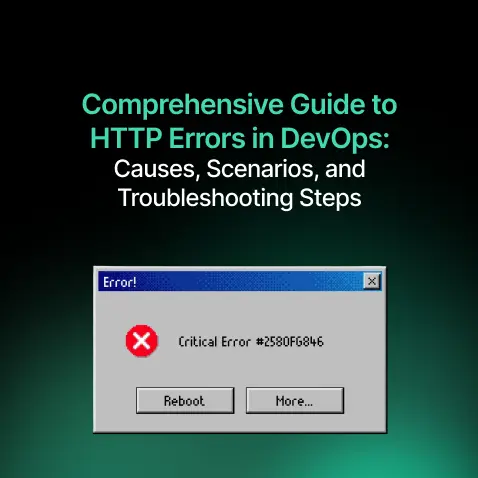
Comprehensive Guide to HTTP Errors in DevOps: Causes, Scenarios, and Troubleshooting Steps
- Blog
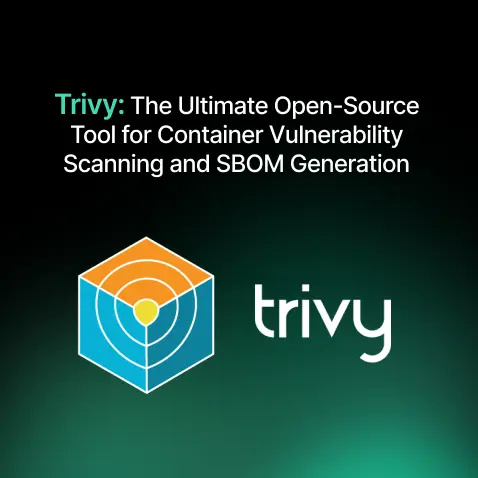
Trivy: The Ultimate Open-Source Tool for Container Vulnerability Scanning and SBOM Generation
- Blog
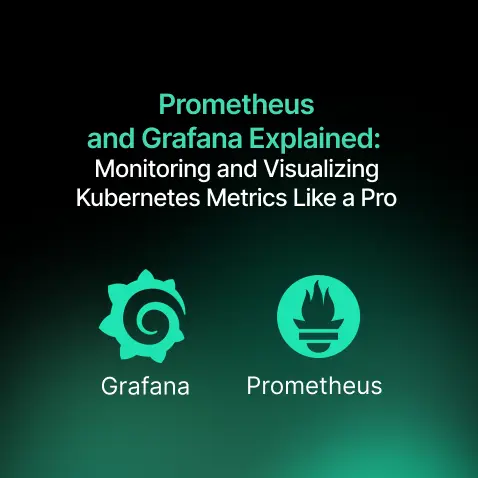
Prometheus and Grafana Explained: Monitoring and Visualizing Kubernetes Metrics Like a Pro
- Blog
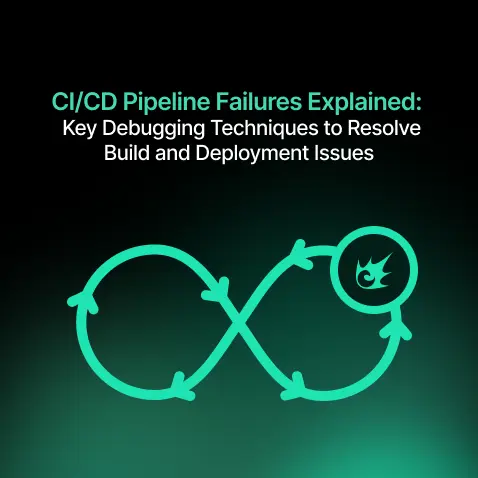
CI/CD Pipeline Failures Explained: Key Debugging Techniques to Resolve Build and Deployment Issues
- Blog
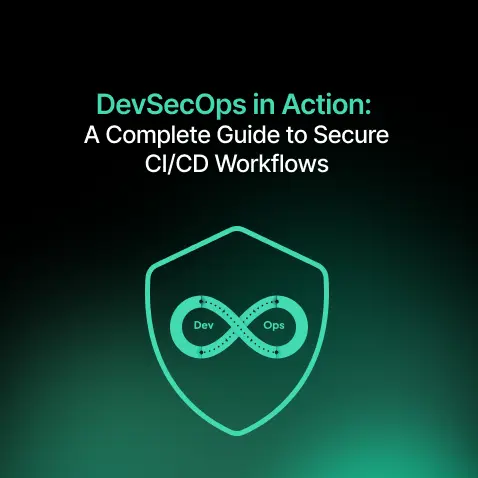
DevSecOps in Action: A Complete Guide to Secure CI/CD Workflows
- Blog

AWS WAF Explained: Protect Your APIs with Smart Rate Limiting
- Blog

